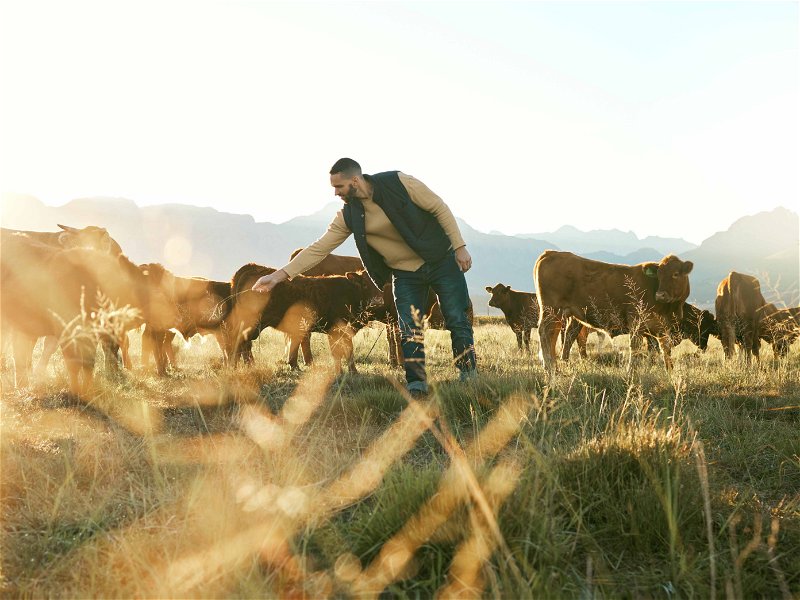These five kitchen laboratories are shaping the culinary world
Ferran Adrià once raised the art of cooking to a new level with his molecular cuisine. Since then, more and more chefs have dared to think outside the box.
Innovative gastronomy is increasingly relying on the fusion of science and culinary art; kitchen laboratories are the hotspot of this culinary revolution. However, it is not just about creating exceptional dishes, but also about making the food industry more sustainable and efficient.
The "Alchemist" in Copenhagen is one of the most unusual restaurants in the world. Gourmets from all over the world are prepared to put up with extremely long waiting times just to dine in this former shipyard. The restaurant has a strong focus on culinary research and innovation, which is reflected in dishes created from ingredients that are usually considered unconventional or even waste, including farmed butterflies, lamb brains and even jellyfish.
Through this pioneering approach, the "Alchemist" has already created research partnerships with leading universities and commercial institutions such as UC Berkeley and the University of Copenhagen. It was recently announced that Rasmus Munk, the man behind the "Alchemist", is going one step further and wants to establish an independent innovation centre called "Spora". "Spora" will be dedicated to the development of sustainable culinary products that have a positive impact on the lives of millions of people. At the start, the focus will be on two main areas: upcycling side streams from the food industry and developing "delicious and diverse protein sources".
It all started back in 1987
The first time the culinary world came into contact with the term kitchen laboratory was, of course, much earlier. The linchpin was "El Bulli". In 1987, Ferran Adrià took over this very restaurant and changed gastronomy forever. Using innovative techniques, he created a completely new way of cooking and focused on creating a unique culinary experience for guests. With creative, mostly molecular creations such as liquid croquettes, tomato spheres and melon pearls, "El Bulli" gained worldwide recognition and became the most influential restaurant of its time. When the restaurant closed in July 2011, Adrià emphasised that "El Bulli" was not simply closing, but changing, as its essence was to be preserved.
Chance as a method
Chance can be a method that brings creativity into the daily routine and drives us to peak performance. Chance has brought "Mugaritz " together with scientists, philosophers and artists who have expanded the team's knowledge, inspired them to ask new questions and shown them how to deal with coincidences. At "Mugaritz" they are particularly interested in what is almost never used in the kitchen, namely what grows on top of the fermented liquid and is known as Scoby (Symbiotic Colony Of Bacteria and Yeast) or mother.
That's why they teamed up with the Basque Culinary Centre and the University of Barcelona to analyse the microbiological community that makes up Scoby. Together, they are striving to discover the diversity of life in the mother of kombucha, giving shape and context to a new ingredient.
Looks like a mandarin, but is actually goose liver
Questioning everything is the motto at the "Fat Duck" near London. This is why Heston Blumenthal has its own laboratory in which entire dishes or important elements are developed. He recognised the possibilities offered by liquid nitrogen early on, using the sous-vide method and experimenting with gelling agents to present familiar flavours in completely new textures. Many of these techniques, which are considered common practice today, were revolutionary more than two decades ago. One example of this is its "Meat Fruit"; it simulates the appearance of a mandarin, but contains a sophisticated combination of chicken and goose liver in a gel made from mandarin, paprika extract and glucose. Such complex dishes are always created in an elaborate and lengthy process of experiments and test series.
Noma fermentation laboratories throughout Europe
From day one, when "noma" opened in an old warehouse in Copenhagen, it was a restaurant that was always curious to learn and grow. The origins lay in the exploration of the natural world, which began with the simple desire to rediscover wild local ingredients by foraging and following the seasons by the team around René Redzepi, who will close his legendary restaurant "noma" in Copenhagen forever after the 2024 winter season.
The constantly evolving approach continues to be characterised by the search for innovation and the sharing of knowledge. "With noma Projects, we want to spread the innovation and taste ideas of noma around the globe," says Thomas Frebel, Creative Director of noma Projects. Specifically, noma fermentation laboratories are planned throughout Europe, and the USA is also on the agenda, but is "still a dream for the future".

